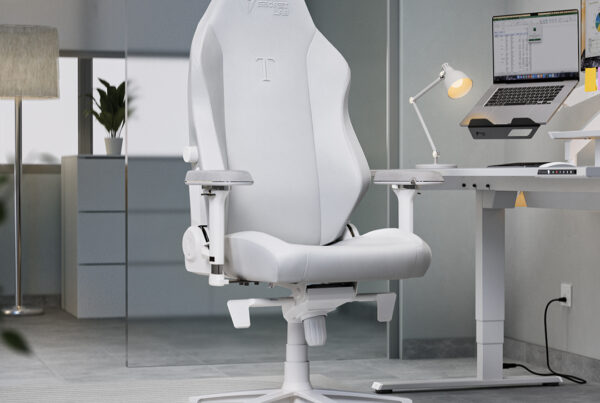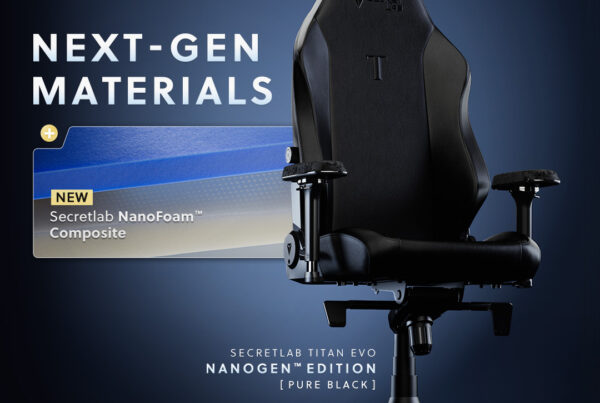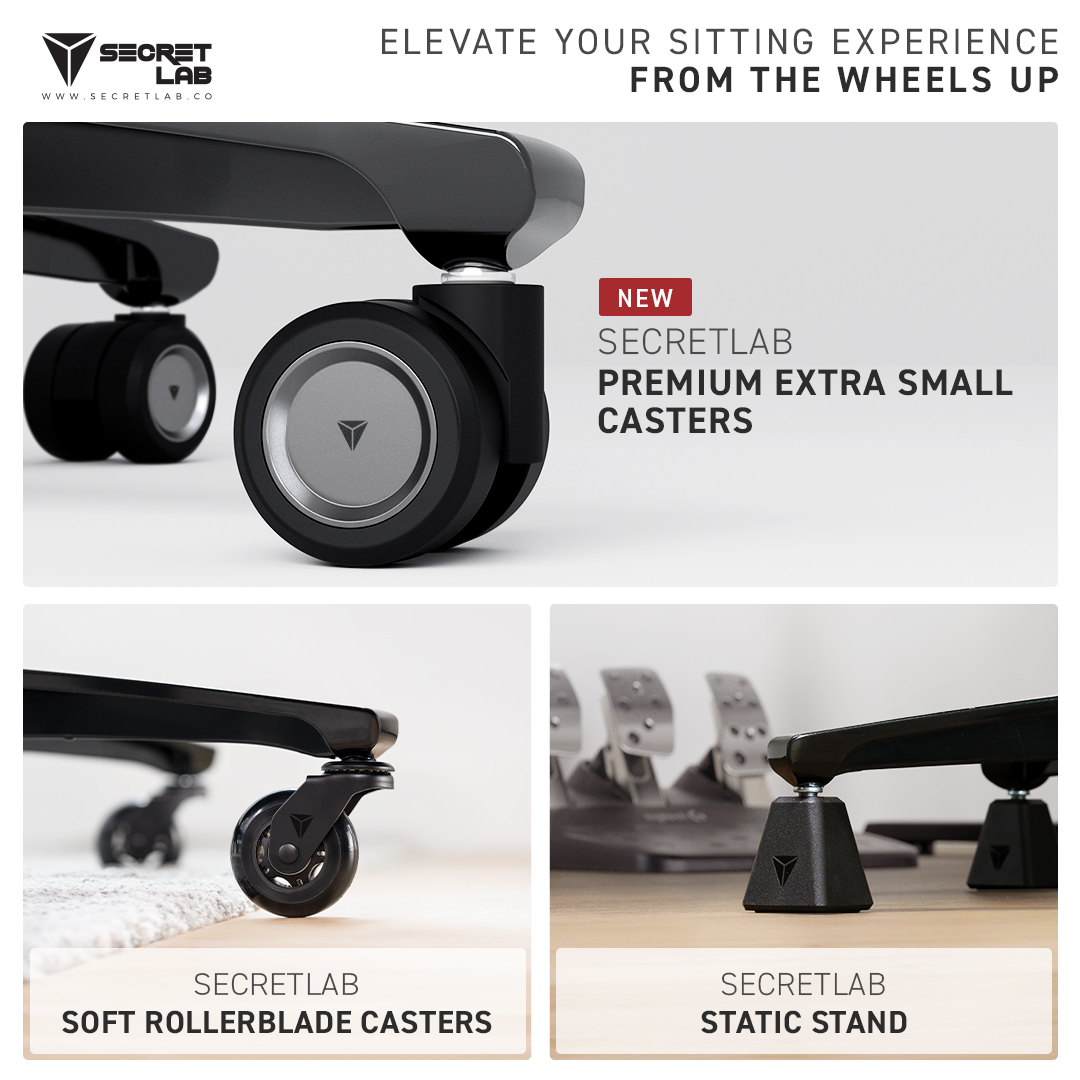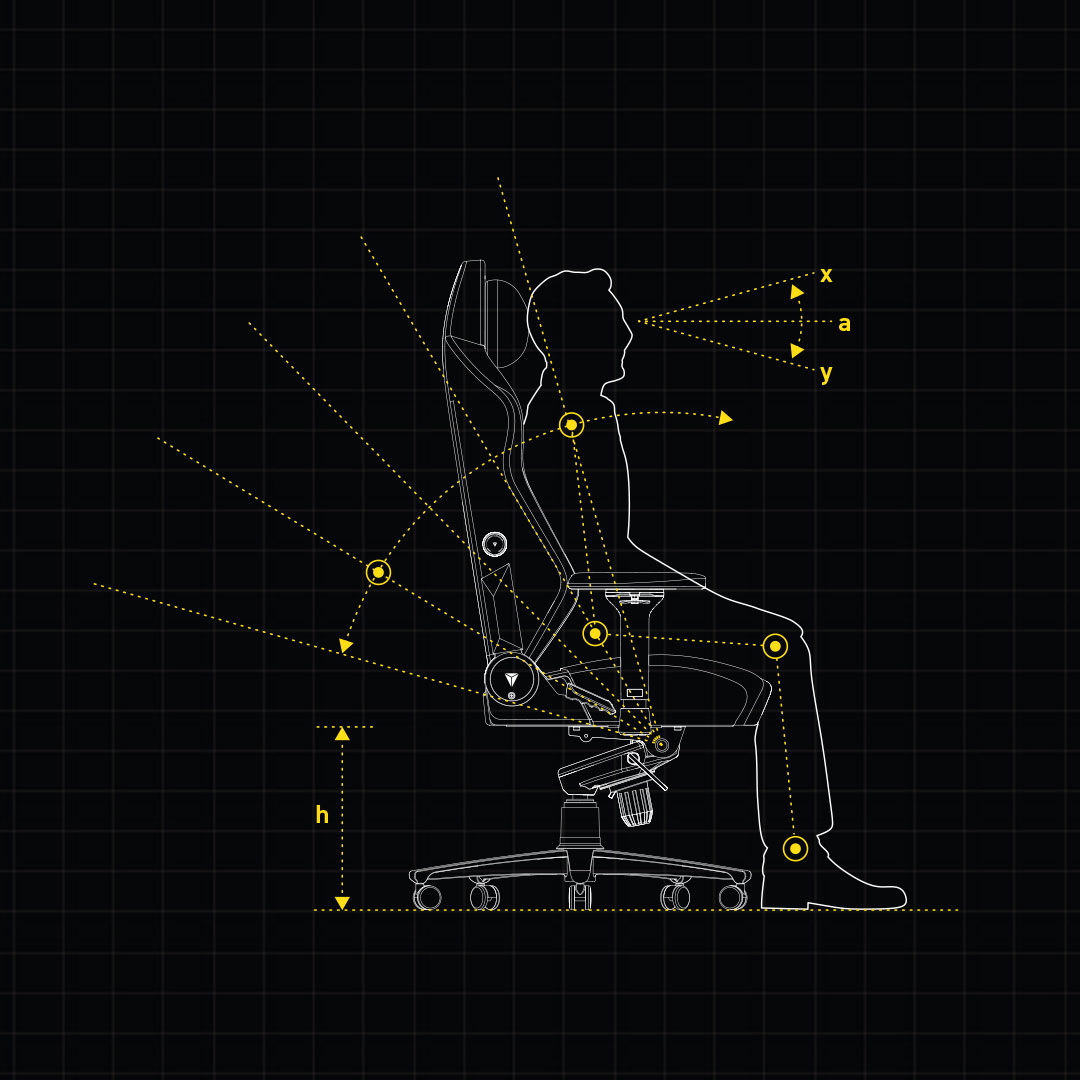
We speak to Dr. James Goh, Professor at the Department of Biomedical Engineering at the National University of Singapore and a member of our Ergonomics Advisory Board, about what makes a good gaming chair.
A good gaming seat is about more than just feeling good when you sit down. According to Dr. James Goh, Professor at the NUS Department of Biomedical Engineering, your chair needs to be able to ensure the proper alignment of your spine and hips. As a member of our Ergonomic Advisory Board, he’s worked with our engineers to ensure that the Secretlab TITAN Evo gaming chair does exactly that.
Biomedical engineering sounds complicated. What is it exactly?
I started my career as a mechanical engineer, dabbling in the use of engineering principles in medicine. I eventually specialized in orthopedic research, which relates to the joints, bones, muscles and various kinds of disease that can occur in musculoskeletal tissues. I’ve always been intrigued by the structure and function of biological systems, so I pursued a PhD in biomechanics before joining the Department of Orthopedic Surgery at the National University of Singapore. The next 20 years were spent developing their research capabilities in orthopedic biomechanics, which gave me a lot of insight into how the human body moves and works.
Today, I’ve moved on to biomedical engineering, where I’ve spent the past 20 years studying the biomechanics of human physiology. You can think of it as a subset of ergonomics. While ergonomics is the science of optimizing the interaction between people and their environment, biomechanics concerns itself with how people move, play, and yes, sit.
Phew! 40 years of experience, we gotta sit down for this. Speaking of, what do you look for in a chair?
Comfort can be very subjective. But there are still certain elements of good design that can help support you in the right posture. I look for a high degree of adjustability in my chairs, particularly when it comes to the backrest and height adjustments. I want to make sure that my feet can rest flat on the floor, and that my thighs are parallel to the ground for even weight distribution. If I have trouble reaching the ground, a footrest always helps. When your feet dangle, they put additional stress on your thighs. Your body may also slide forward in order for you to reach the floor, so you want to avoid that.
That aside, I look for a dedicated lumbar support to shore up the curve of my lumbar spine, but it’s important to me that the lumbar support doesn’t force my body forward. Adjustable armrests are also crucial as I can bring them level with my desk for more support for my forearm. This relieves tension in my wrist and improves comfort while using the mouse. I try to avoid fixed armrests, because they put more strain on my arms and shoulders.
Finally, a chair shouldn’t be too soft. It may seem counter-intuitive, but a softer seat actually encourages poorer posture. A seat that you can sink into will not provide enough support for your back. In fact, it’ll put more stress on your body as your back muscles strain to hold you up. The foam on your chairs was firmer than expected and I was actually really happy about that!
How’s our gaming chair treating you? Did it help improve your posture?
It’s a lot more comfortable than the office chairs I used previously at work! I especially like the 4-way lumbar support. We all have different body types and spine curvatures, so the ability to move it up and down and in and out helps me find the sweet spot. There’s a slight slope to the seat base as well, which prevents your body from sliding down. This design keeps your pelvic bones in a position where your weight is better distributed, in addition to relieving the pressure on your sitting bones.
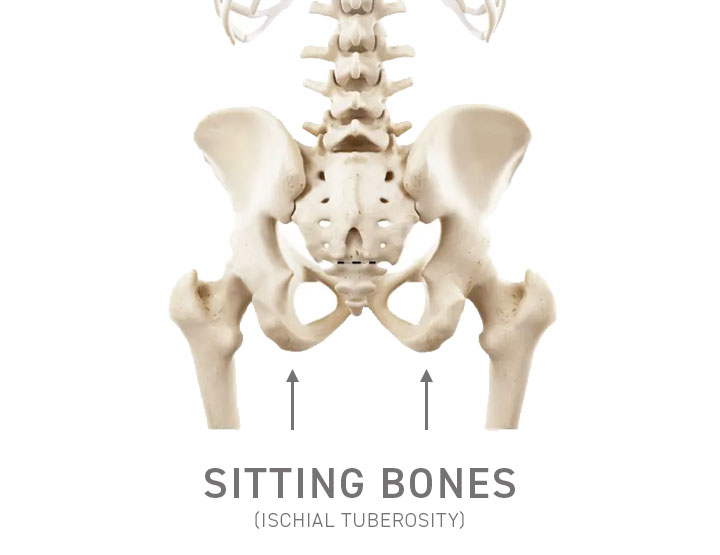
The multi-tilt mechanism helps accommodate natural movements throughout the day too. When you sit down, pressure builds up on your sitting bones, which end up compressing the blood vessels and nerves in your soft tissue. This is why we have a natural tendency to shift around in our seats. Our bodies have a built-in feedback mechanism that regularly tells us to change positions to relieve some of this pressure. When you rock back in your seat, you shift your center of gravity and redistribute your weight. What’s more, the unique pebble seat base gives you plenty of room to move around so you can switch positions freely.
I’ve also noticed that the Secretlab TITAN Evo gaming chair has a contoured seat edge, or as you call it, a waterfall edge. The drop at the front of the seat pan minimizes contact with the complex structures at the back of my knee, including the popliteal artery and peroneal nerve. Excessive pressure on this area can lead to numbness and other side effects.
Some people say gaming chairs aren’t ergonomic. What are your thoughts on that?
It’s less about the type of chair and more about how the chair is designed. There are both good chairs and bad chairs — this applies to both office and gaming chairs — so I think gaming chairs get an unfairly bad rep. That said, gaming chairs are usually associated with racing-style bucket seats. These types of seats are similar to what you find in your car and are not designed to support you over long hours.
Traditional bucket seats were designed in the context of racing performance. They keep your body in place and hug you snugly, so you don’t slide around in your seat when you’re going fast. But they also make it hard to move. In comparison, the seat on the Secretlab TITAN Evo doesn’t restrict me, leaving plenty of room for lateral movement. The chair also allows for all the essential adjustments and support to achieve a good sitting posture. I think Secretlab has shown that you can get a gaming chair with sound ergonomics, just as you can get an office chair with poor support.
What happens when you slouch?
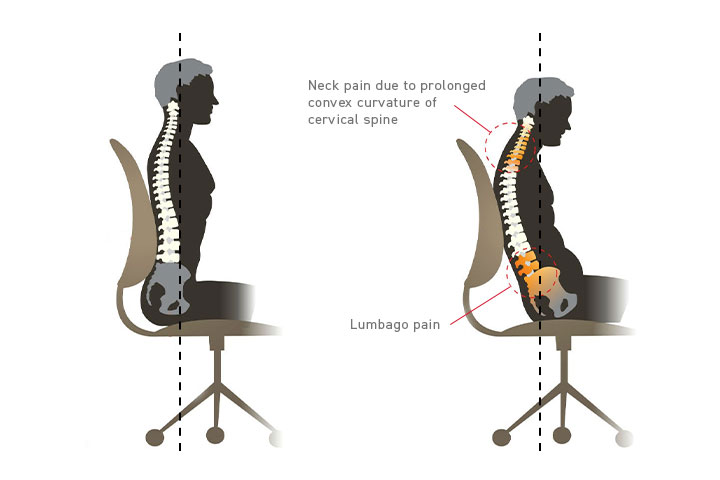 When you’re sitting properly, your center of gravity rests slightly in front of your lumbar spine. The forces that are exerted on your spine will then be in line with your center of gravity. However, if your chair lacks proper support, you start to slouch and your spine bends into a ‘C’ shape, shifting your center of gravity forward. This leads to a prolonged convex curvature of your cervical spine, which are basically the bones in your neck. If you’re experiencing neck pain, this might be why.
When you’re sitting properly, your center of gravity rests slightly in front of your lumbar spine. The forces that are exerted on your spine will then be in line with your center of gravity. However, if your chair lacks proper support, you start to slouch and your spine bends into a ‘C’ shape, shifting your center of gravity forward. This leads to a prolonged convex curvature of your cervical spine, which are basically the bones in your neck. If you’re experiencing neck pain, this might be why.
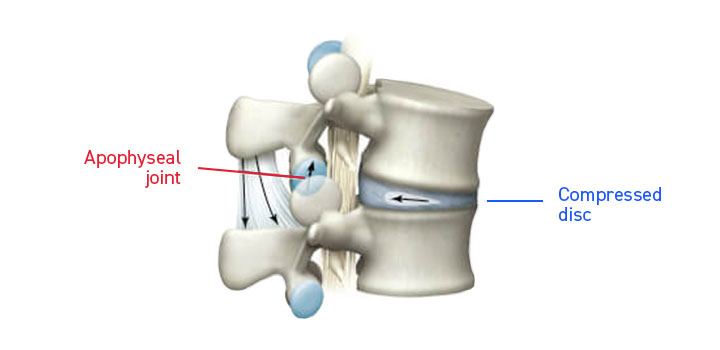
Your pelvis also over-rotates when you’re slumping in your seat, increasing tension in your hip muscles and pressure on your spinal discs. This causes your lower back to change to a convex curvature, compressing your spinal discs at the front. If your posture is not corrected, this can cause pain in your lower back and even degenerative disc disease over time. That’s why lumbar support is important — it minimizes the tension on your muscles and reduces stress on your spine.


